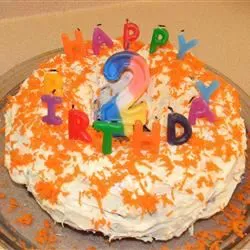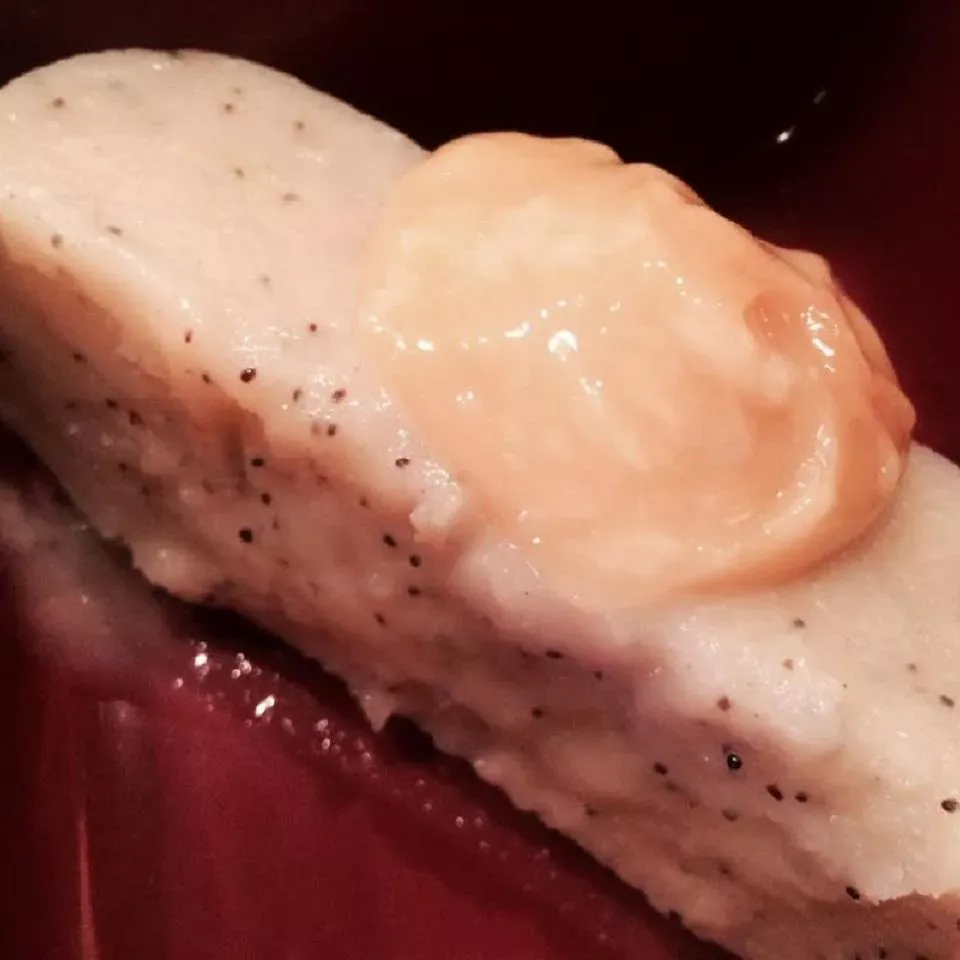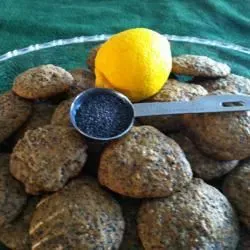Hamantashen
Hamantashen is a traditional Jewish pastry that is commonly associated with the holiday of Purim. This triangular-shaped cookie is typically filled with sweet fillings such as fruit preserves, poppy seeds, or chocolate, and is often enjoyed during the festive celebrations of Purim. The name "hamantashen" is derived from the Yiddish word "mohn-tashen," which means "poppy seed pockets," reflecting the traditional filling of poppy seeds in the pastry.

Prep Time:
10 mins
Cook Time:
10 mins
Additional Time:
2 hrs
Total Time:
2 hrs 20 mins
Servings:
36
Yield:
36 cookies
Ingredients

Directions

Step 1
Cream together butter and sugar in a large bowl with an electric mixer until smooth. Beat in eggs one at a time, then stir in orange juice and vanilla until well combined. Mix in baking powder, then gradually stir in flour until dough forms a ball. Cover and refrigerate dough for at least 2 hours.
Step 2
Preheat the oven to 375 degrees F (190 degrees C). Grease baking sheets.
Step 3
Roll dough out on a lightly floured surface to 1/4-inch thickness. Use a cookie cutter or drinking glass to cut dough into 3-inch circles, then place on the prepared baking sheets. Spoon 1 teaspoon poppyseed filling onto the center of each circle. Pinch the sides of each circle to form a triangle, covering as much of the filling as possible. The cookies may be chilled on the baking sheets before baking if desired to help retain their shape.
Step 4
Bake in the preheated oven until light golden brown, 8 to 10 minutes. Cool on the baking sheets for a few minutes before removing to wire racks to cool completely.
Nutrition Facts (per serving)
184
Calories
9g
Fat
23g
Carbs
3g
Protein
Complement
The origin of hamantashen can be traced back to Jewish communities in Eastern Europe, where the pastry became a popular treat for Purim celebrations. The triangular shape of the cookie is said to represent the three-cornered hat worn by the villainous character of Haman, who is the antagonist in the Purim story. As part of the holiday tradition, it is customary to exchange gifts of food, including hamantashen, with family and friends, and to also give to those in need. Today, hamantashen has become a beloved treat enjoyed by people of all backgrounds, and its delicious flavors and symbolic shape continue to make it a cherished part of Purim celebrations.







